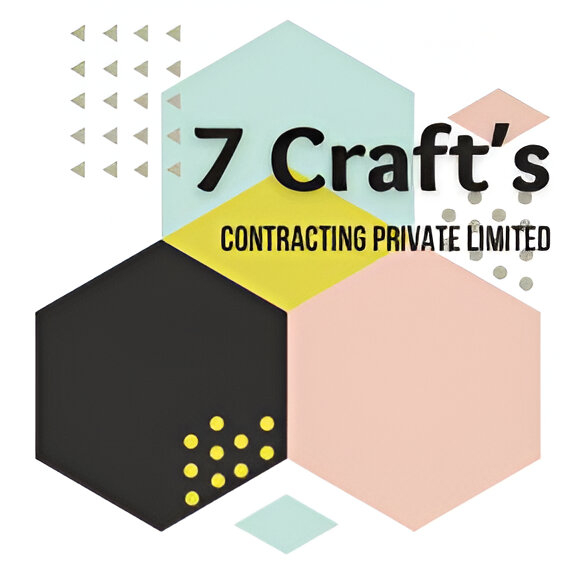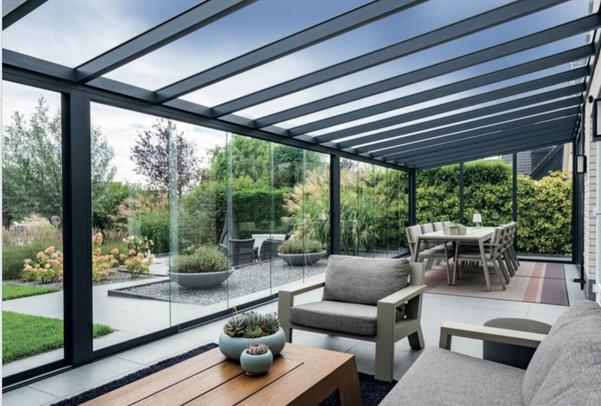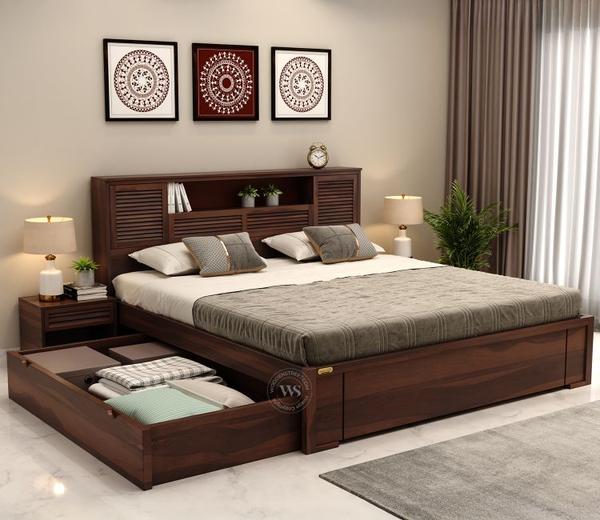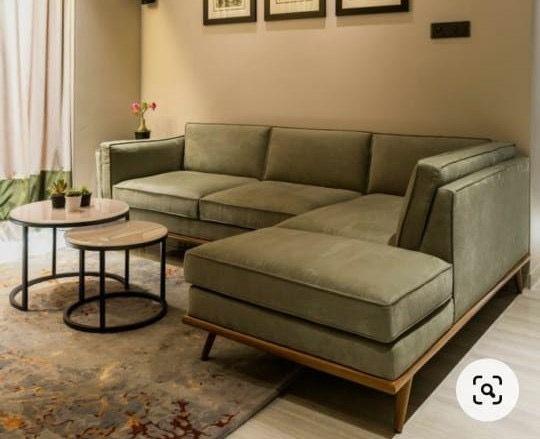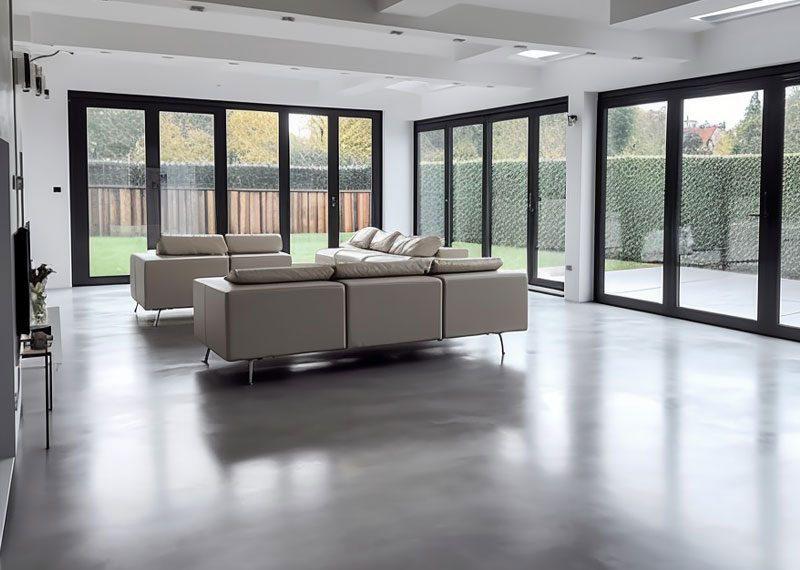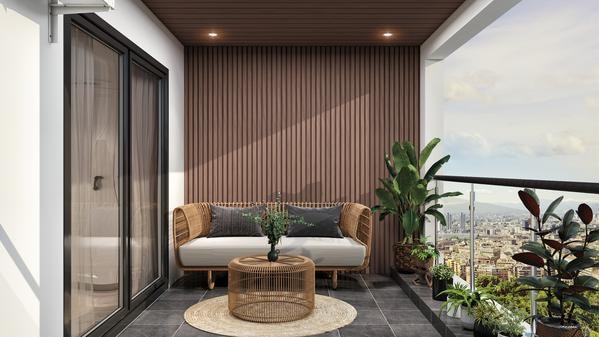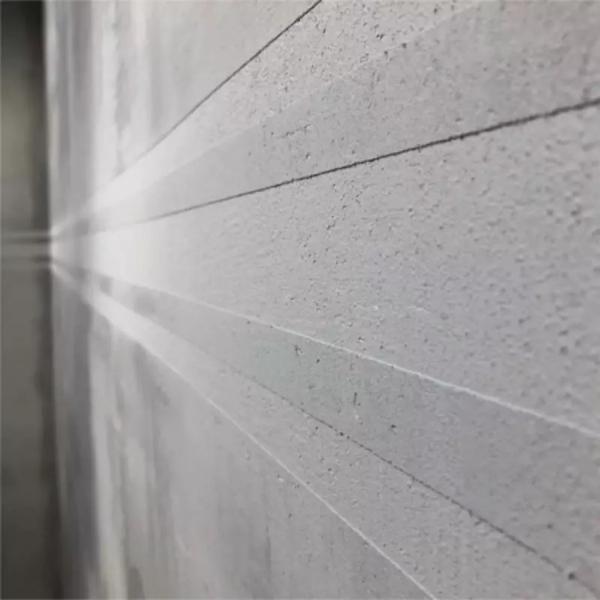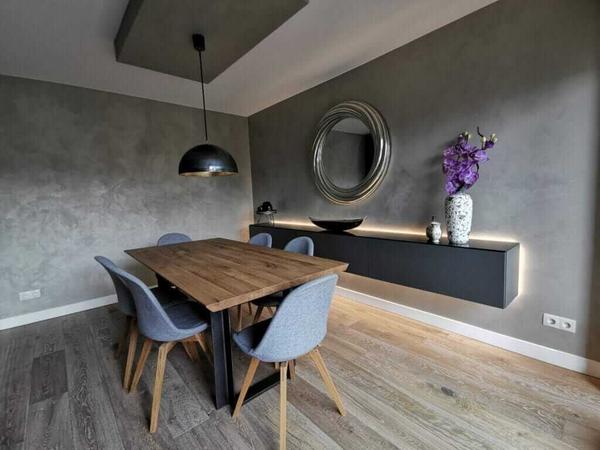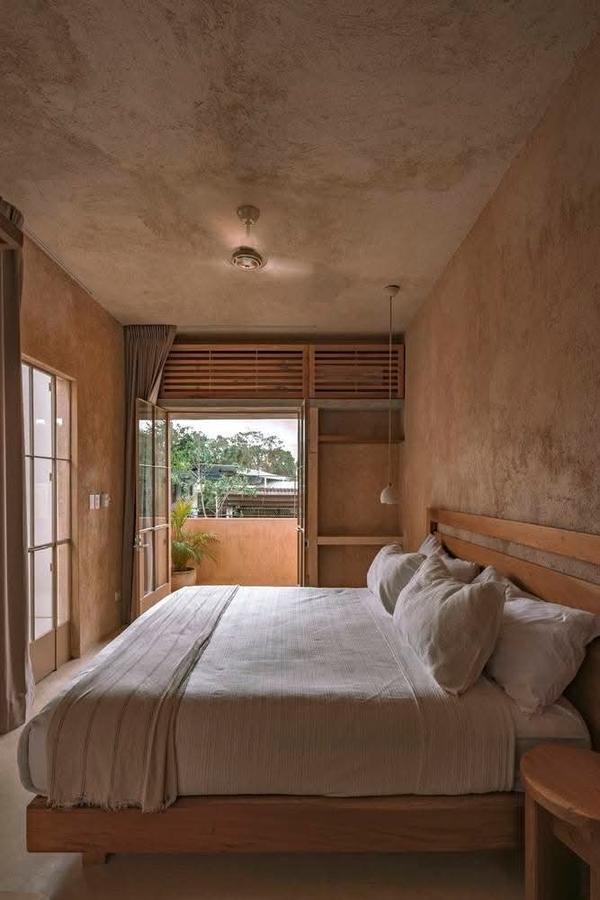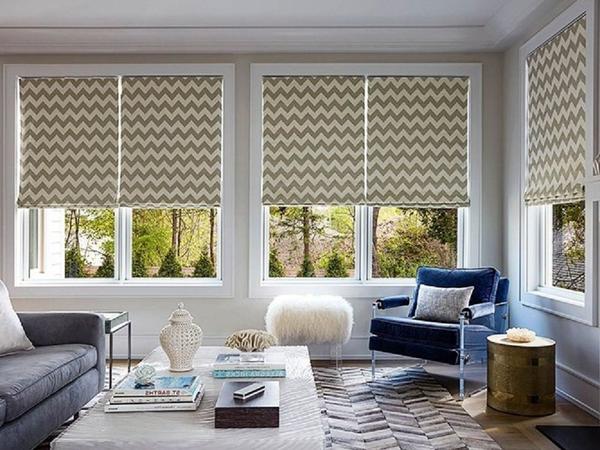Pergola glass refers to the use of glass panels as a roofing material for pergolas, offering a combination of aesthetic appeal and practical benefits. These glass roofs allow natural light to filter through while providing protection from the elements, creating a versatile outdoor space that can be enjoyed year-round. Here's a more detailed look: Benefits of Pergola Glass: Natural Light and Views: Glass roofs allow ample sunlight to enter, creating a bright and airy atmosphere while maintaining an open connection with the sky and surrounding landscape. Weather Protection: Glass pergolas offer protection from rain, wind, and harmful UV rays, allowing you to enjoy your outdoor space regardless of the weather. Aesthetic Appeal: Glass pergolas add a modern and sophisticated touch to any property, enhancing its visual appeal and potentially increasing its value. Versatility: Glass pergolas can be customized in terms of size, shape, and glass type, allowing for unique designs that complement your home's architecture. Year-Round Enjoyment: By combining the openness of a traditional pergola with the protection of a glass roof, these structures create a comfortable outdoor living space that can be used throughout the year. Easy Maintenance: Glass pergolas are relatively easy to clean and maintain, often requiring just soap, water, and a sponge. Durability and Safety: Modern glass pergola designs often incorporate tempered glass, which is more resistant to breakage and shattering, ensuring safety and longevity. Types of Glass Used: Laminated Glass: Offers enhanced safety and sound insulation, with multiple layers of glass bonded together, according to Tradeindia. Toughened Glass: A type of safety glass that is heat-treated to increase its strength and resistance to breakage, according to Pergola Design.in. UV-resistant glass: Filters out harmful UV rays, protecting outdoor furniture and people from sun damage.
